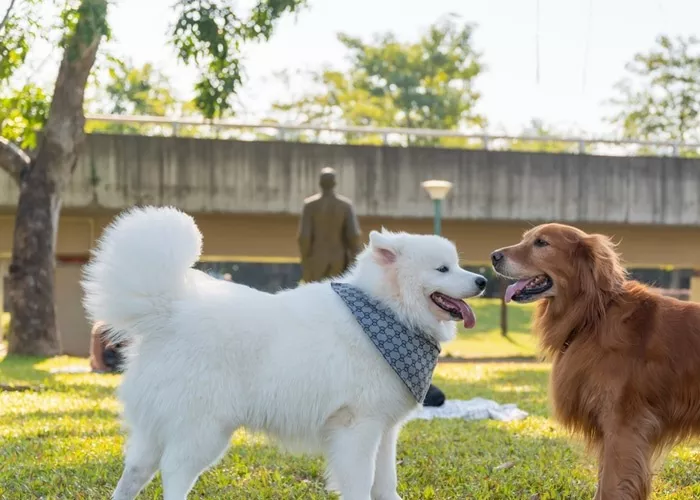Artificial intelligence (AI) is rapidly surpassing humans in the ability to detect signs of stress and pain in animals by analyzing their facial expressions. This breakthrough technology may even have the potential to read more complex emotions, such as happiness and fear, raising the prospect of a new era in animal welfare.
At a farm in southeastern England, the Intellipig system is already helping monitor the well-being of pigs by scanning their faces. Developed by scientists from the University of the West of England Bristol (UWE) and Scotland’s Rural College (SRUC), the system not only identifies individual pigs by facial features but also detects signs of distress or discomfort. In case of any abnormalities, an alert is immediately sent to the farmer.
This system is part of a broader trend where AI is used to analyze the facial expressions of animals to improve their care. Researchers around the world are employing AI to track signs of pain, stress, and other emotions in animals like sheep, cats, and horses—sometimes with greater accuracy than human observers. AI’s ability to quickly interpret these signals could transform how animals are treated, with the goal of improving their lives by responding to their needs more efficiently.
While AI shows promise in enhancing animal welfare, experts remain cautious. Emma Baxter, an animal behavior scientist at SRUC, expressed concerns over placing too much trust in AI, emphasizing the need for expert oversight to ensure that these systems accurately interpret the animals’ emotional states.
Animals, like humans, express emotions through facial movements. Charles Darwin’s 1872 work on “The Expression of the Emotions in Man and Animals” suggested that facial expressions in mammals might share a common evolutionary origin. Though humans and animals share facial muscles, interpreting animal faces remains challenging. Contextual clues, like an animal’s behavior and environment, are often necessary to accurately assess their emotional state.
Traditional methods of assessing animal welfare, such as “grimace scales” used by experts to gauge pain in horses, have been time-consuming and subjective. However, AI can streamline this process by automating the analysis of facial expressions. By analyzing photos and videos of animals, AI systems can quickly identify key facial movements associated with pain or distress, which researchers have already linked to established grimace scales.
For example, AI has been trained to recognize pain in horses by observing specific ear movements and facial wrinkles. This ability to automate and accelerate assessments is a major breakthrough for animal care, reducing the need for human labor and enhancing efficiency.
Computer scientist Anna Zamansky has contributed to this field by developing AI tools to recognize animal facial expressions. Her team initially focused on using AI for dog facial recognition to help reunite lost pets with their owners. More recently, they have been applying AI to detect subtle signs of discomfort in animals, such as the widening of a cat’s muzzle, which may indicate pain.
While AI’s ability to interpret facial expressions in animals is still evolving, experts believe that it could soon surpass human capabilities, especially in the rapid analysis of complex emotional states. As AI continues to improve, it may play an increasingly central role in ensuring the well-being of animals, from farm animals to pets.
Related topics:
Lab-Grown Dog Treats Hit UK Shelves in World First
The Dog Seriously Injured Friend Accompanied Guardian Desperate


